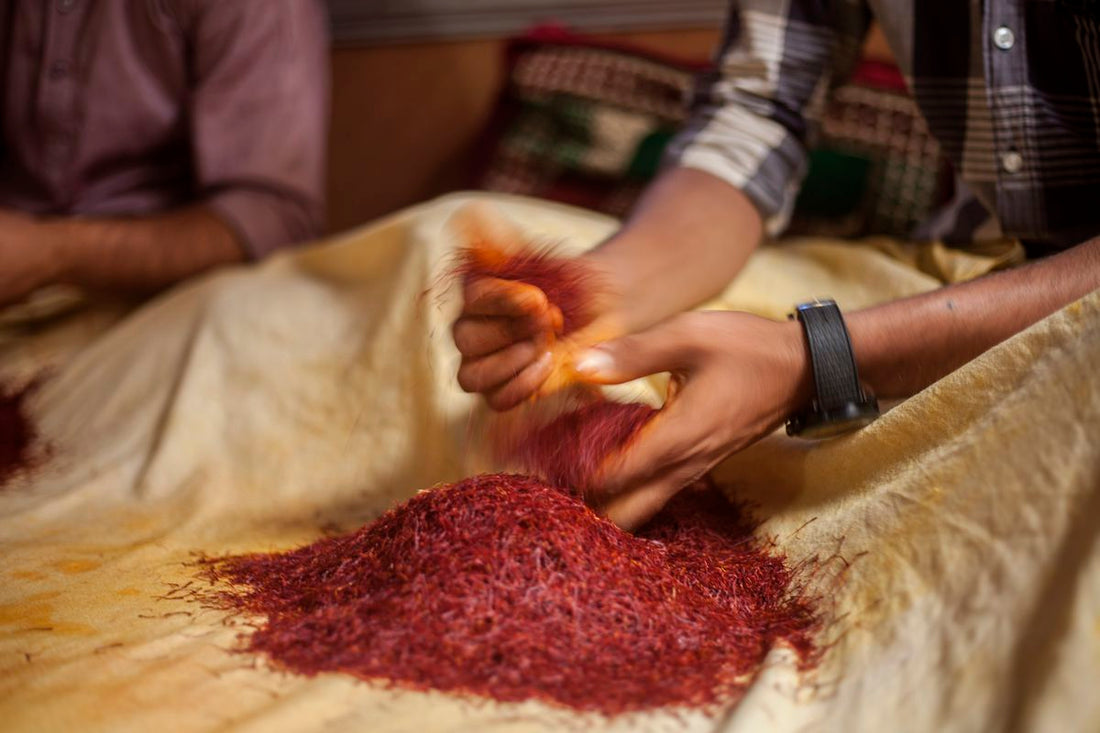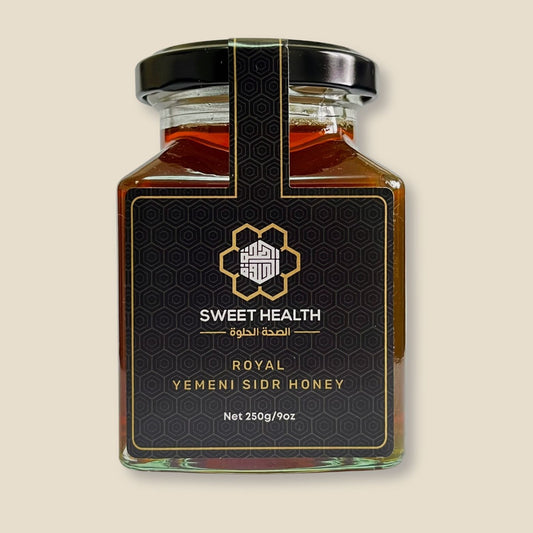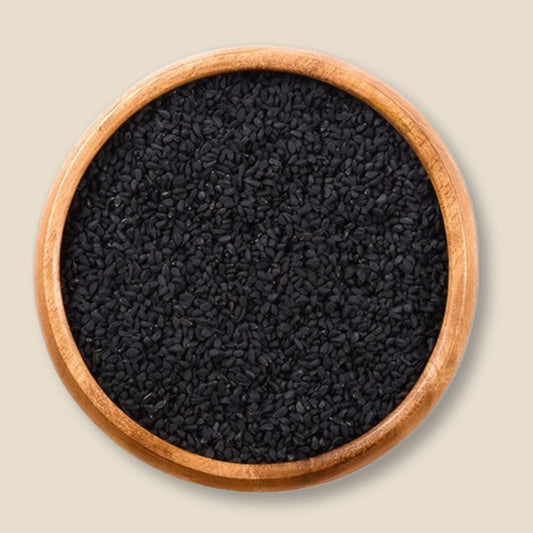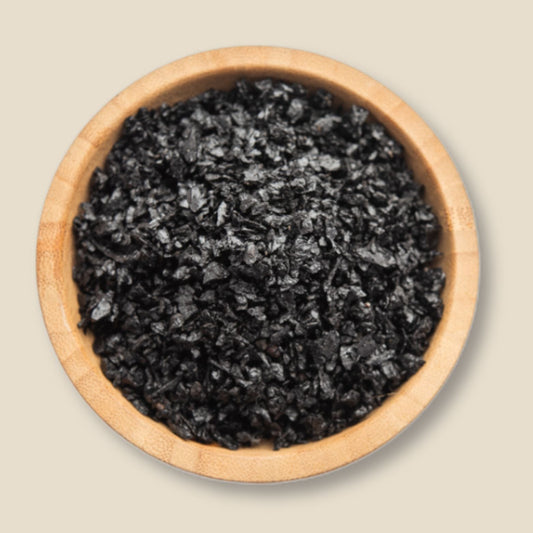
"Kashmiri Saffron: Unveiling Its Cultural Significance Beyond Cuisine
Abdullaah KhanShare
If you're a foodie or a lover of all things natural, you might have heard of Kashmiri saffron. Known as the "red gold" of Kashmir, saffron is a prized spice that has been used for centuries in the Kashmiri region of India. In this blog post, we'll dive into the cultural significance of Kashmiri saffron and explore why it's a staple in Kashmiri cuisine and beyond.
History of Kashmiri Saffron
Kashmiri saffron is grown in the high-altitude regions of Kashmir, India. The spice has been cultivated in this region for over 2,500 years and has been an integral part of the Kashmiri culture and cuisine. In ancient times, saffron was used as a natural dye, a medicinal herb, and a spice. The spice was so highly valued that it was often used as a form of currency.
Today, Kashmiri saffron is still revered as a precious commodity. The spice is handpicked by farmers during the fall season when the flowers are in bloom. It takes around 150,000 flowers to produce one kilogram of saffron, making it one of the most expensive spices in the world.
Cultural Significance of Kashmiri Saffron
Kashmiri saffron is an integral part of the Kashmiri cuisine and is used in a variety of dishes, including biryanis, pulao, and desserts. The spice is also used in traditional Kashmiri medicine and is believed to have several health benefits.
But the cultural significance of Kashmiri saffron extends beyond its use in food and medicine. Saffron is deeply embedded in the Kashmiri culture and is a symbol of love, happiness, and prosperity. The spice is often used in Kashmiri weddings and is also a part of the traditional Kashmiri attire. Women often wear saffron-colored clothes during festivals and special occasions.
Health Benefits of Kashmiri Saffron
Apart from its cultural significance, Kashmiri saffron also has several health benefits. The spice is a rich source of antioxidants and has anti-inflammatory properties. It is also believed to have anti-cancer properties and can help in the prevention of various types of cancer.
In traditional Kashmiri medicine, saffron is used as a natural remedy for several ailments, including depression, anxiety, and menstrual disorders. The spice is also believed to improve brain function and memory.
Final Thoughts
Kashmiri saffron is not just a spice but a symbol of the rich Kashmiri culture and tradition. Its use in food, medicine, and clothing has been a part of the Kashmiri culture for centuries. The spice's health benefits make it even more valuable, and its cultural significance adds to its appeal.
If you're interested in trying Kashmiri saffron, make sure to purchase it from a reputable source. Look for saffron that is deep red in color and has a strong aroma. Remember, a little goes a long way, and adding too much saffron can overpower the dish.
References:
-
Saffron (Crocus sativus L.) and its active ingredients: Role in the prevention and treatment of disease. Molecules. 2019 Apr; 24(18): 3308.
-
Traditional uses, phytochemistry, and pharmacology of Crocus sativus L.: A review. J Ethnopharmacol. 2018 Mar; 213: 236-308.
-
Kashmiri Saffron: A precious spice. Pharmacogn Rev. 2011 Jul-Dec; 5(10): 103-107.







